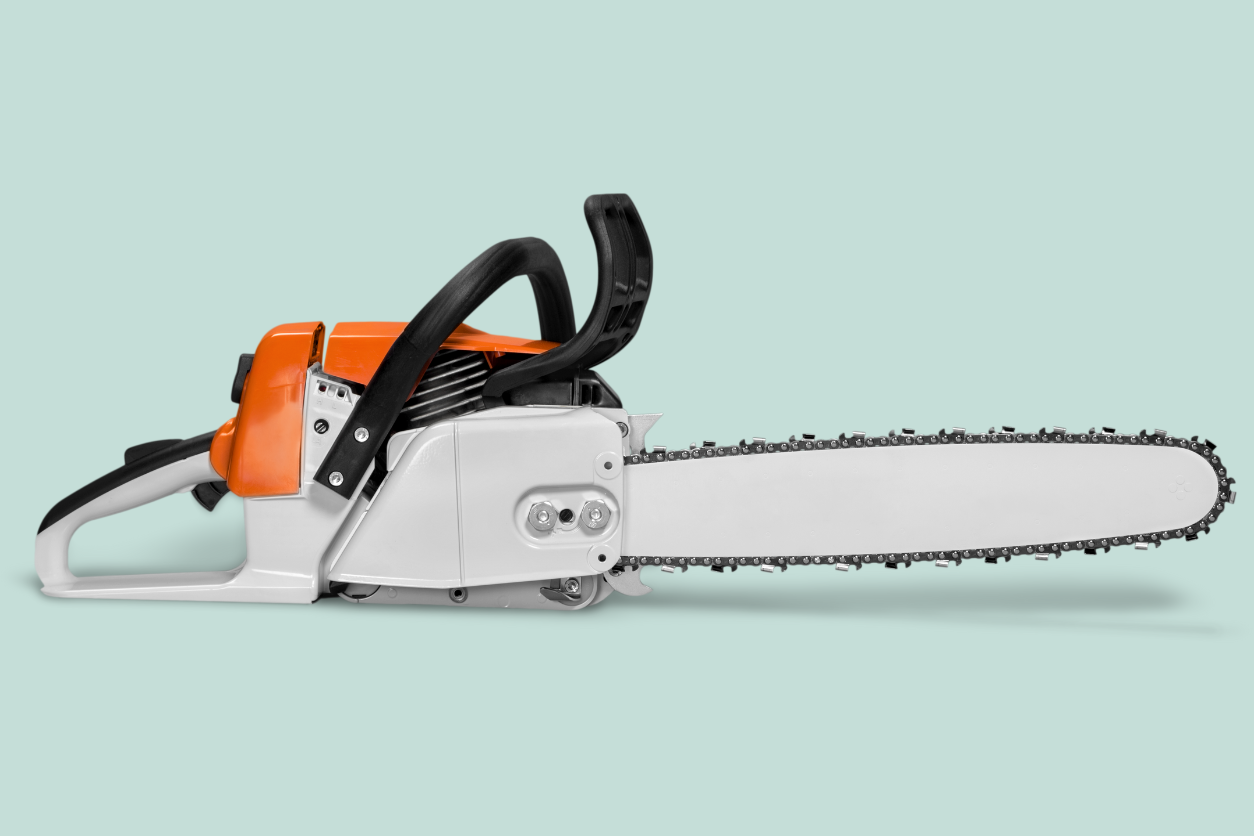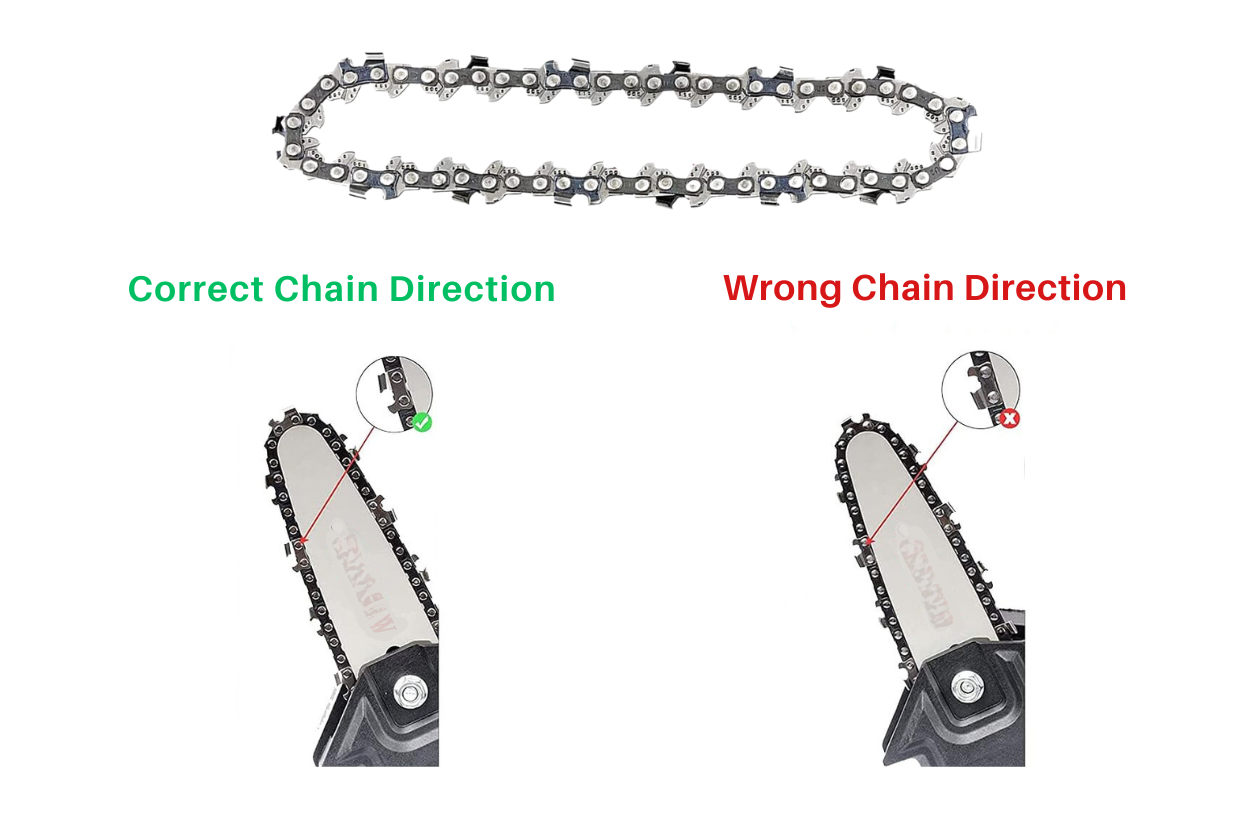What Happens When the Chainsaw Chain Direction Is Wrong?

When you first start using a chainsaw, it’s easy to assume that all you need to do is fuel it up, rev the engine, and let it do its thing. I remember thinking the same thing, only to be quickly corrected by the realities of maintaining and operating this powerful tool. One of the most critical aspects that often gets overlooked—until you run into problems—is the direction of the chainsaw chain. It might seem like a small detail, but getting the chainsaw chain direction wrong can lead to a lot of frustration, not to mention safety hazards. Whether you’re new to chainsaws or just need a refresher, this is the kind of foundational knowledge that makes all the difference.

Why Direction Matters
A chainsaw is designed to cut through wood by moving the chain around the guide bar at high speed. The cutting teeth on the chain need to face forward on the top of the bar so they can engage the wood and slice through it efficiently. If the chain is installed backward, those teeth won’t bite into the wood at all. Instead, they’ll just glide over the surface, resulting in a saw that revs loudly but does little more than create dust.
On any chainsaw, the sharp edge of the cutting teeth must face forward along the top of the guide bar. This means that as the chain moves away from the engine along the top, the teeth should be ready to cut into the wood. When the chain loops back under the bar, the teeth should face backward toward the engine.
A quick visual check is often all that’s needed. If you’re unsure, just lift the chainsaw and look at the chain from the side. The teeth should resemble little chisels, with the beveled edge facing forward on the top of the bar. If they’re pointing backward, you’ve got the chain on wrong and need to flip it.
Running a chainsaw with the chain installed in the wrong direction can cause undue wear on both the chain and the bar. The engine revs higher without the resistance provided by the cutting action, leading to overheating and potential engine damage. So, not only is your work stalled, but you’re also risking damage to your equipment.

What Happens When the Chainsaw Chain Direction Is Wrong?
Apart from the obvious lack of cutting ability, running a chainsaw with the chain installed incorrectly can lead to several issues. The most immediate problem is that the saw will seem to function normally—you’ll hear the engine roar, the chain will spin, but when you go to make a cut, nothing happens.
This is because the flat backs of the cutters are what’s making contact with the wood rather than the sharp edges. The saw will over-rev because it’s not encountering the resistance it’s designed to handle. Without that resistance, the engine works harder and heats up faster, which can cause long-term damage to your chainsaw’s motor and other components.
Another potential issue is damage to the chain and the guide bar. When the chain is on backward, it doesn’t fit into the bar’s groove as intended. This improper alignment can cause uneven wear on the drive links, potentially ruining the chain and necessitating costly replacements.
Even experienced users can make the mistake of installing a chain backward, especially if they’re in a hurry or working in poor lighting conditions. To avoid this, always take a moment to double-check the chain direction before you start your saw. It’s also a good habit to inspect the chain direction whenever you refuel or take a break, ensuring that everything is still aligned as it should be.